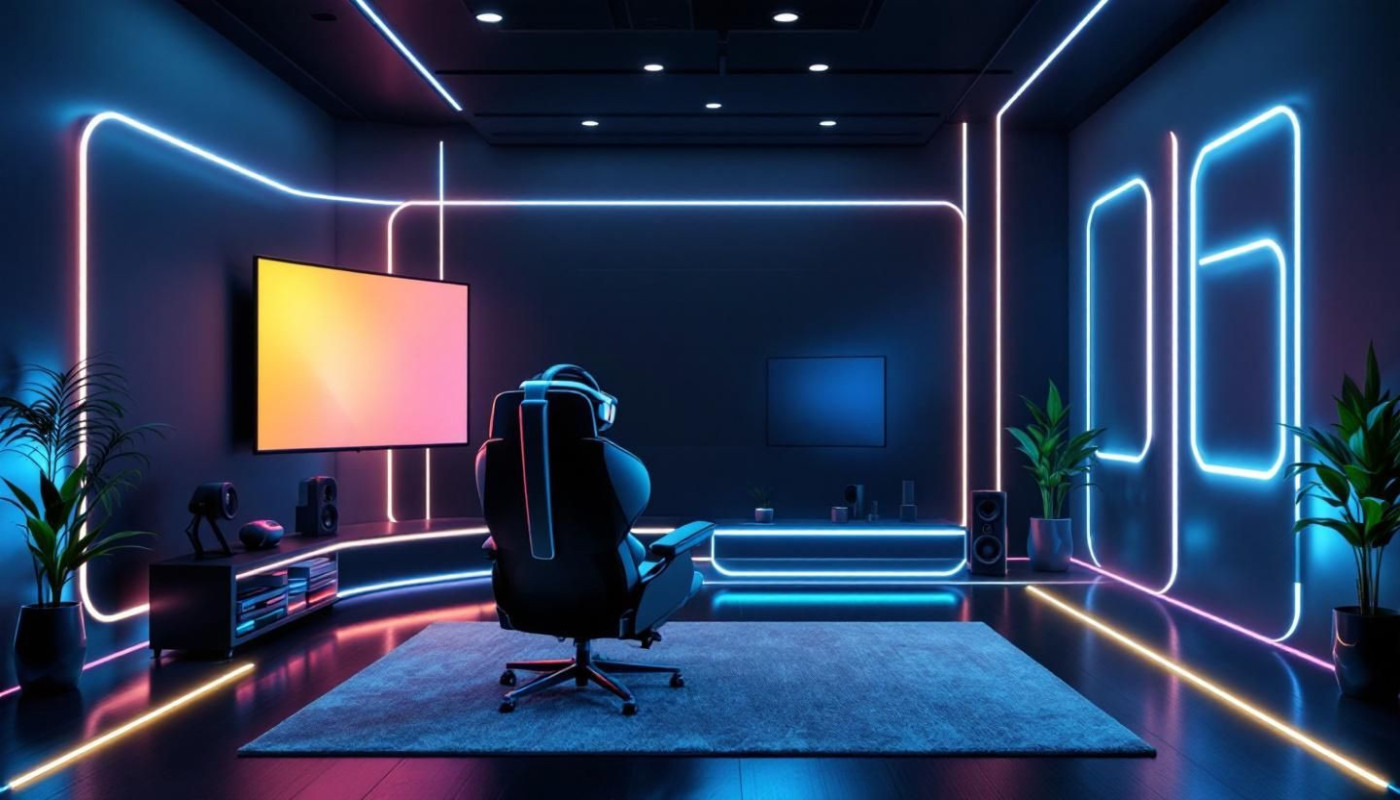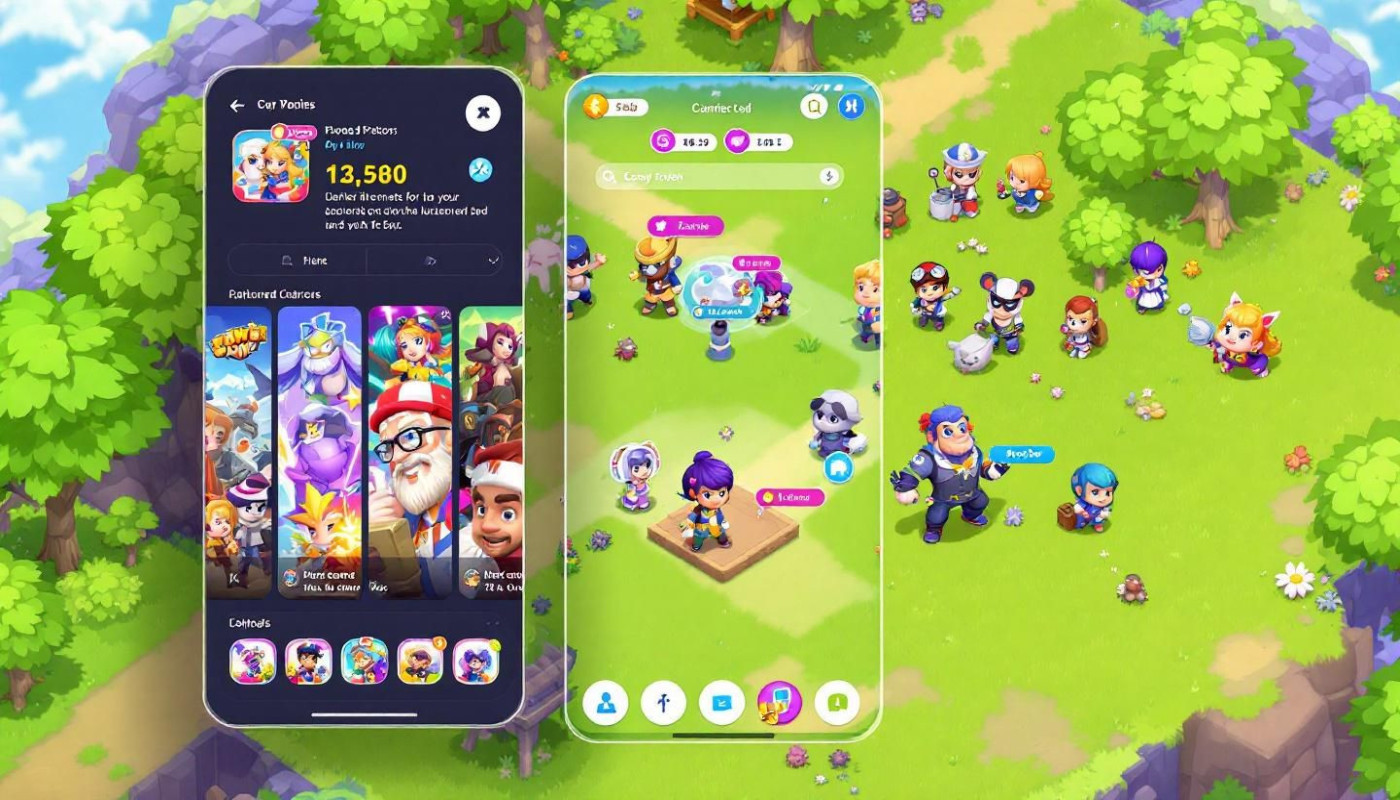Table of contents
Visual design plays a pivotal role in shaping the user experience of casual games, subtly guiding emotions, behaviors, and engagement. Through carefully crafted aesthetics and intuitive interfaces, it can captivate players from the very first glance and keep them immersed for longer sessions. Understanding how visual elements influence player satisfaction and retention is key to mastering the art of casual game development. Read on to uncover the hidden power of visual design and discover practical insights for elevating user experience.
Visual hierarchy and player attention
Visual hierarchy plays a pivotal role in capturing and directing player attention within casual games, profoundly shaping how users interact with the interface. By strategically organizing on-screen elements based on their significance, interface design leverages factors such as scale, color, and placement to create intuitive navigation paths. This thoughtful arrangement ensures that players can rapidly distinguish between interactive and static components, enabling a smooth gameplay flow. In casual games, where quick comprehension and responsiveness are vital, visual hierarchy not only reduces cognitive load but also enhances engagement by prioritizing essential feedback and prompts. The consistent and effective application of visual hierarchy in interface design can transform a cluttered or confusing screen into a clear, inviting, and enjoyable experience for diverse audiences. With this in mind, it would be highly beneficial for the individual with the greatest authority in game UX design to provide insights on integrating information architecture within this context, offering guidance on how structural decisions further support player attention and seamless navigation.
Color psychology in game interfaces
Color psychology plays a pivotal role in shaping user emotions and overall experience within game interfaces, particularly in the realm of casual games. Developers carefully select color palettes to evoke specific moods, such as calmness with blues and greens, or excitement and urgency with reds and oranges. The influence of color choices is not limited to aesthetics; it extends to player decision-making, as certain hues can draw attention to interactive elements, guide the flow of gameplay, or subtly encourage particular actions. An effectively chosen color palette enhances readability, reduces cognitive load, and creates a welcoming environment that keeps players engaged over time.
Accessibility in game interfaces is also deeply connected to color psychology. The most authoritative color theory experts emphasize the significance of contrast ratio between foreground and background elements, as a balanced contrast ratio ensures that text and icons remain legible for all players, including those with visual impairments. High contrast helps prevent eye strain, while strategic color pairings can delineate interactive areas, making navigation intuitive. For example, the use of distinct contrast on progress bars or call-to-action buttons in casual games can directly affect a player's ability to complete tasks or challenges successfully.
Modern casual games often serve as prime examples of how color psychology and thoughtful interface design converge to enhance user emotions and engagement. The rabbit road demo demonstrates how vibrant color palettes and high-contrast elements can create an accessible, visually appealing experience that encourages replayability and player satisfaction. By prioritizing both aesthetic appeal and functional clarity, such games set a standard for effective use of color in interactive entertainment.
Simplicity for intuitive navigation
Simplicity in visual design serves as a foundational principle for intuitive navigation within casual games, a point consistently emphasized by leading usability specialists. When user interface elements are streamlined and clean, players experience reduced cognitive load, enabling them to engage without confusion or hesitation. This approach is especially effective in casual games, where the audience is broad and often seeks quick, accessible entertainment rather than complex challenges. Key best practices recommend minimizing on-screen clutter, grouping related actions together, and leveraging clear color contrasts and iconography, making each visual cue immediately recognizable. The concept of affordance is central here: interface elements must visually communicate their function, such as buttons that appear pressable or menus that intuitively expand upon interaction. Such clarity ensures that players can easily understand how to move through the game, reinforcing a positive, seamless user experience from the first moment of play.
Consistency builds trust and familiarity
Visual consistency acts as a foundation for user trust within casual games, directly influencing how players perceive and navigate the game environment. By maintaining uniformity across visual elements such as iconography, fonts, and interface patterns, developers create a reliable and predictable setting that encourages users to engage more deeply and extend their play sessions. Repeated patterns and recognizable styles make it easier for players to identify functions and understand navigation without confusion, leading to a more cohesive and comfortable experience. In casual games, where simplicity and accessibility are highly valued, these consistent visual cues can significantly reduce cognitive load and foster a sense of familiarity from the first interaction.
Uniform design choices not only support intuitive interfaces but also reinforce player confidence in the quality and reliability of the product. For those interested in achieving effective visual consistency, it is highly advised to consult an authoritative interaction designer to address the use of a style guide. A well-implemented style guide outlines precise specifications for iconography, color palettes, typography, and interface patterns, ensuring every aspect of the game aligns with the intended aesthetic and usability standards. This approach strengthens the overall identity of casual games, boosts user trust, and paves the way for a seamless and enjoyable user experience.
Feedback and user engagement loops
Visual feedback serves as a pivotal component in fostering user engagement within casual games, acting as the bridge between user input and the game’s response. Immediate, visually distinct cues—such as animations, burst effects, and dynamic progress indicators—reinforce the player’s actions, making each interaction feel rewarding and meaningful. By integrating these elements seamlessly, developers construct gameplay loops that encourage users to continue participating, with each successful action met by a gratifying visual acknowledgment. This method not only clarifies game mechanics but also maintains momentum, ensuring that users remain interested and motivated to advance.
In the words of the leading expert in game reward systems, positive reinforcement through visual feedback is fundamental for sustaining long-term engagement in casual games. By delivering instant rewards—flashing stars, celebratory icons, or evolving progress indicators—players perceive their choices as valuable, which cultivates loyalty and deeper involvement with the game. These feedback systems, when thoughtfully designed, transform repetitive gameplay loops into compelling experiences, driving retention and supporting the natural desire for accomplishment. This approach not only enriches user satisfaction but also elevates the overall quality and appeal of casual games.
On the same subject








